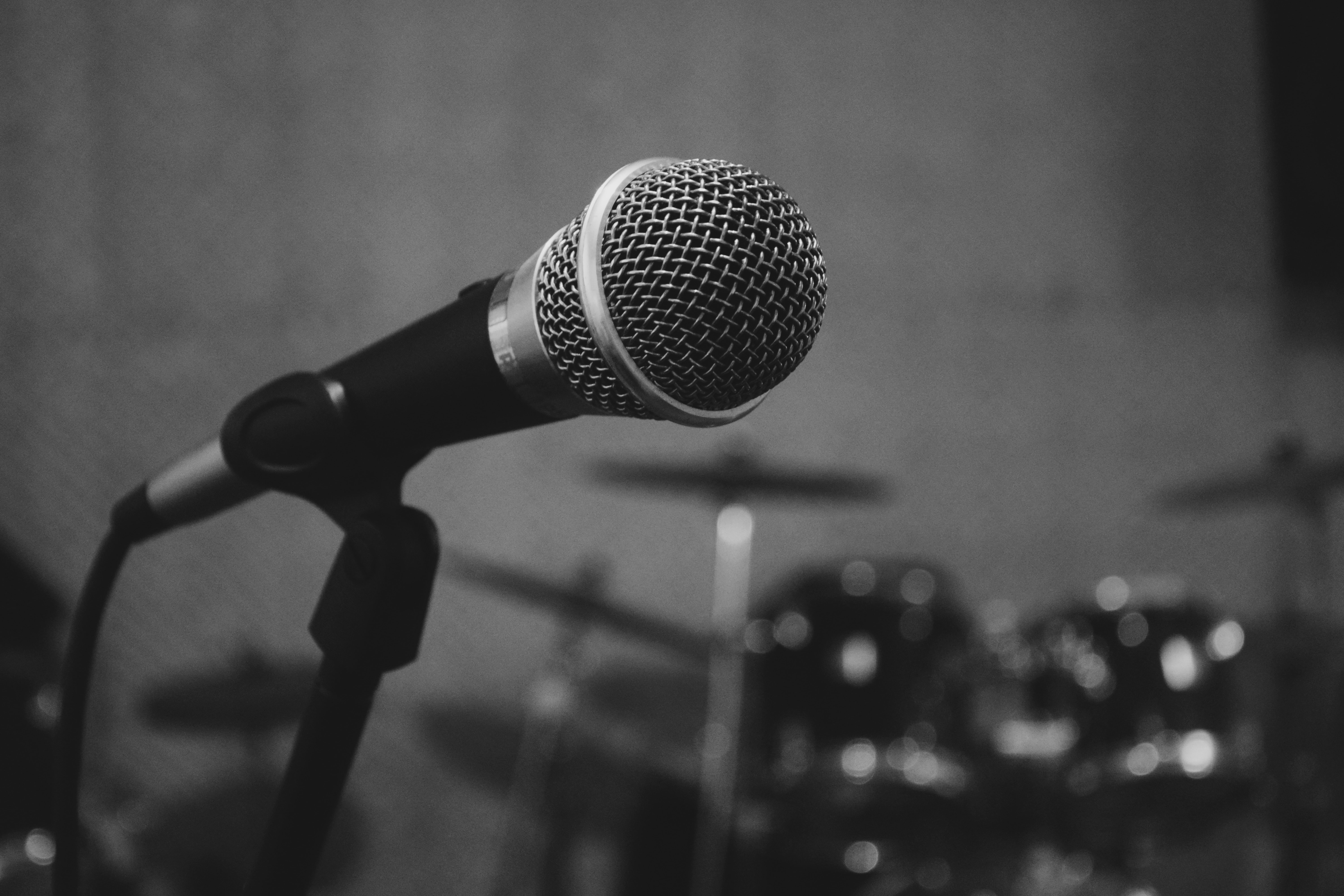
In live-action film making the dialogue recording is usually done during filming. You can use the built-in voice recorder on the phone or tablet you are recording the film with. However, having an external microphone to plug-in will give you a better quality recording. If you don’t have an external mic than you could use different device to record image and another one to record the audio. Place this near the person or people speaking and then add it to your film timeline at the editing stage. Don’t worry I’ll tell you how to do that in the next blog!

If your film requires voiceover/narration you can record that separately and add in to the film timeline at the editing stage. Make sure to number/name any audio recordings so you can easily identify them later for adding to the film in the correct place.
Tips for recording voiceover/narration :
- Pick a quiet place to record the audio so that you do not pick up ‘ambient’ noise. The microphone might pick up sounds you don’t want; someone opening a door, an alarm, a phone ringing, a dog barking, a train or traffic outside!
- The microphone should be close to the person speaking. They should stand up while recording as they will feel more energy and breathe more freely so their voice will sound clearer.
Well-chosen music tracks will add greatly to your film as it helps to convey the mood and atmosphere of a scene; scary, tense, upbeat, happy, sad, downbeat, etc. Soundtracks are one of the last items added and this is done when editing the final cut of your film. See IADT film student, Ian Burke’s short video highlighting the benefits of adding a soundtrack to your film below.
Only use music that is copyright free otherwise, you will need written permission from the original recording artist(s) and studio who recorded the song – and that’s extremely difficult to get! You can find copyright free music for all genres of film free in creative commons libraries such as YouTube audio libraries or similar. Of course, if you or someone in your family is musically talented you or they could compose, record and add that as an original sound track to your film.

Sound effects involve the addition of various noises to improve the film. They are usually an exaggerated version of the real sound to add drama. You can download copyright-free sound effects from an online library or record your own. Examples of sound effects are; footsteps, monster roars, car skidding, alarm ringing, bells, horses trotting, glass breaking, a dog barking, etc. The video below made by IADT Film Dept student Ian Burke explains how some sound effects are recorded!
Now you know more about different types of sound that can be included in your film; dialogue, narration/voiceover, music and sound effects. It’s time now to record the audio and to select the copyright free sound track or sound effects that you might like to use. Be sure to SAVE all your files and name or number them so you can easily identify which ones you want to add when editing your film. Tomorrow I will be introducing you to the editing process with #5 – The Final Cut!
